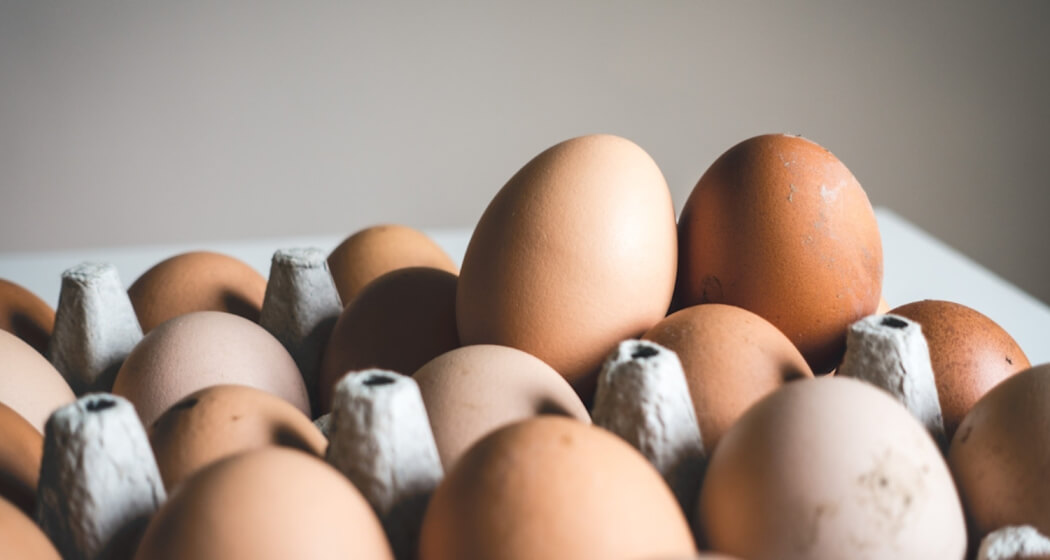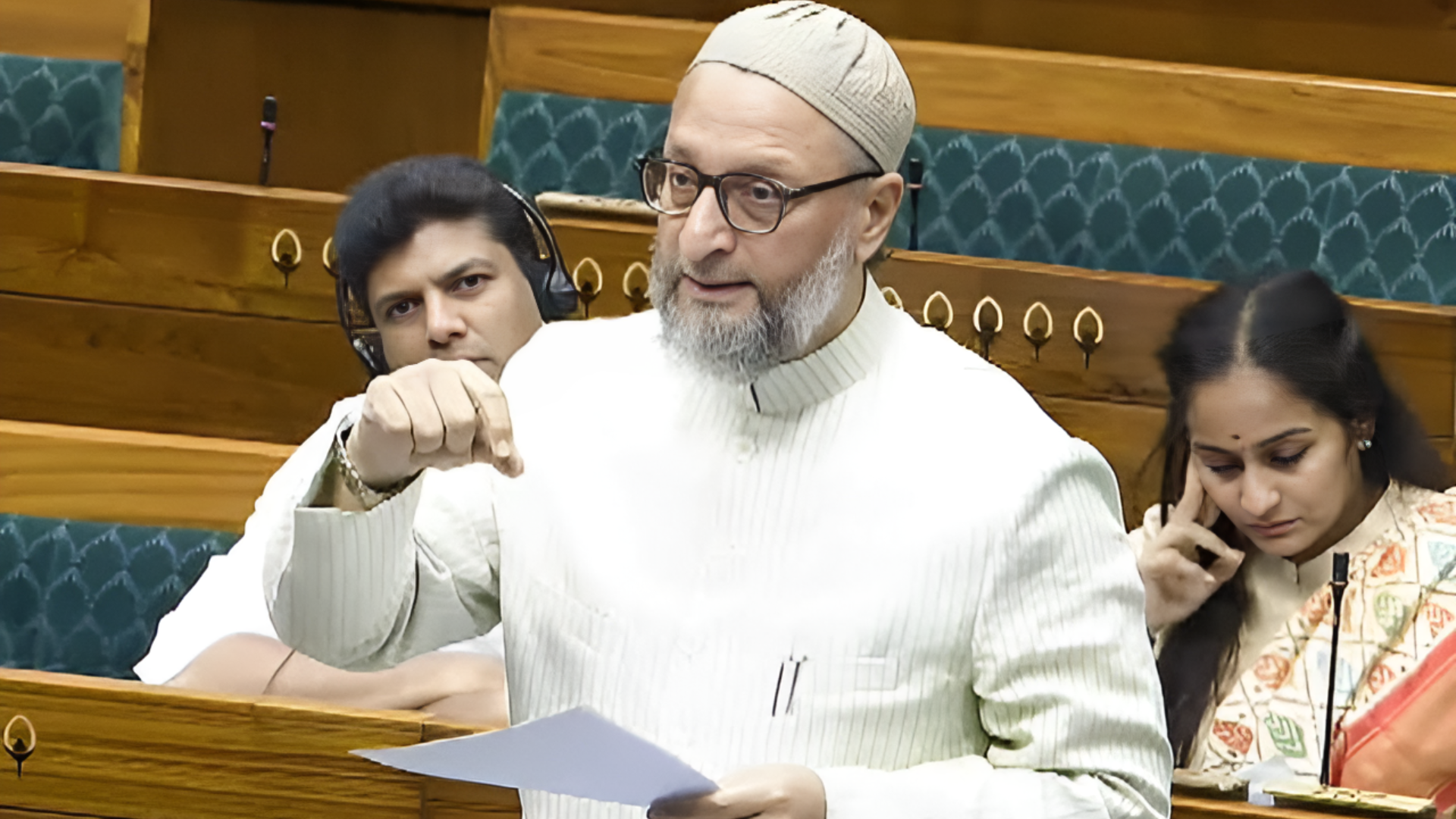10 diabetes-friendly grains to control blood sugar and support weight loss: Experts
Sat 08 Nov 2025, 01:06:23

For people living with diabetes, managing blood sugar levels is a daily challenge. While cutting out all carbohydrates may seem like the easiest solution, doctors say it’s more important to choose the right kind of carbs. Whole grains, packed with fibre, protein, and essential nutrients, can help control blood sugar and support long-term weight management.
According to Dr Manisha Arora, Director Internal Medicine at the CK Birla Hospital, Delhi, “Whole grains play a vital role in flattening the blood sugar curve immediately after meals. They not only help improve glucose metabolism but also enhance insulin sensitivity and long-term weight control.”
Research published in the journal Nutrients supports this claim, showing that whole grain consumption has a positive effect on glucose metabolism and reduces insulin resistance, one of the root causes of type 2 diabetes.
WHY FIBER AND PROTEIN MATTER MOST
The secret behind the power of whole grains lies in their fiber and protein content. These two nutrients slow digestion and glucose absorption, preventing sudden spikes in blood sugar. Unlike refined carbs, which digest quickly and leave you hungry again within hours, whole grains keep you feeling full for longer.
Dr Arora explains, “When digestion slows down, glucose enters the bloodstream gradually, reducing sugar fluctuations. High-fibre and protein-rich grains also curb hunger and acidity, helping patients maintain steady energy levels throughout the day.”
10 BEST GRAINS FOR BLOOD SUGAR AND WEIGHT CONTROL
Choosing grains with a low glycaemic index (GI) is key to managing diabetes effectively. These grains digest slowly and release energy gradually, avoiding rapid sugar surges. Here are 10 of the most diabetes-friendly options recommended by experts:
1. Barley: With a very low GI (25–30), barley slows glucose absorption and helps lower cholesterol levels.
2. Quinoa: A complete plant-based protein packed with fiber and essential amino acids, perfect for balanced meals.
3.
Oats: Rich in beta-glucan fiber, oats prevent sugar spikes and improve satiety.
Oats: Rich in beta-glucan fiber, oats prevent sugar spikes and improve satiety.
4. Buckwheat (Kuttu): A gluten-free pseudograin high in fiber, beneficial during fasting seasons and for diabetics alike.
5. Brown Rice: Less processed than white rice, it offers slow-digesting carbs and sustained energy.
6. Foxtail Millet: A traditional millet with a low GI, supporting better blood sugar control.
7. Kapli Wheat (Emmer Wheat): An ancient variety of wheat with a GI of 40–45, richer in fiber and easier to digest.
8. Kodo Millet: A powerhouse of fiber and antioxidants that stabilises glucose levels.
9. Amaranth (Rajgiri): A gluten-free grain high in protein, fiber, and micronutrients that enhance metabolism.
10. Brown Top Millet: A lesser-known millet rich in fiber and protein, excellent for long-term diabetes management.
HOW WHOLE GRAINS HELP BEYOND SUGAR CONTROL
The benefits of whole grains go beyond just glucose regulation. Their high fiber content forms a physical barrier in the digestive tract, slowing down the breakdown of starches into glucose. This not only ensures steady blood sugar but also promotes gut health, lowers cholesterol, and supports a healthy heart.
Moreover, a fiber- and protein-rich diet improves satiety and helps reduce overall calorie intake, a crucial factor for those trying to lose or maintain weight. Over time, this can significantly improve metabolic health and reduce the risk of diabetes-related complications.
Replacing refined grains with whole, traditional ones can make a real difference in diabetes care. Whether it’s swapping white rice for brown rice or adding millets to your daily meals, these small dietary shifts can improve insulin sensitivity, stabilise blood sugar, and support sustainable weight management.
As Dr Arora concludes, “Whole grains are not just a diabetic-friendly food, they are a foundation for good health. When chosen wisely and eaten mindfully, they can transform how the body responds to glucose and energy.”
No Comments For This Post, Be first to write a Comment.
Most viewed from Health
AIMIM News
Latest Urdu News
Most Viewed
May 26, 2020
Can Lionel Messi's visit boost Indian football?
Latest Videos View All
Like Us
Home
About Us
Advertise With Us
All Polls
Epaper Archives
Privacy Policy
Contact Us
Download Etemaad App
© 2025 Etemaad Daily News, All Rights Reserved.

























.jpg)
.jpg)
.jpg)


